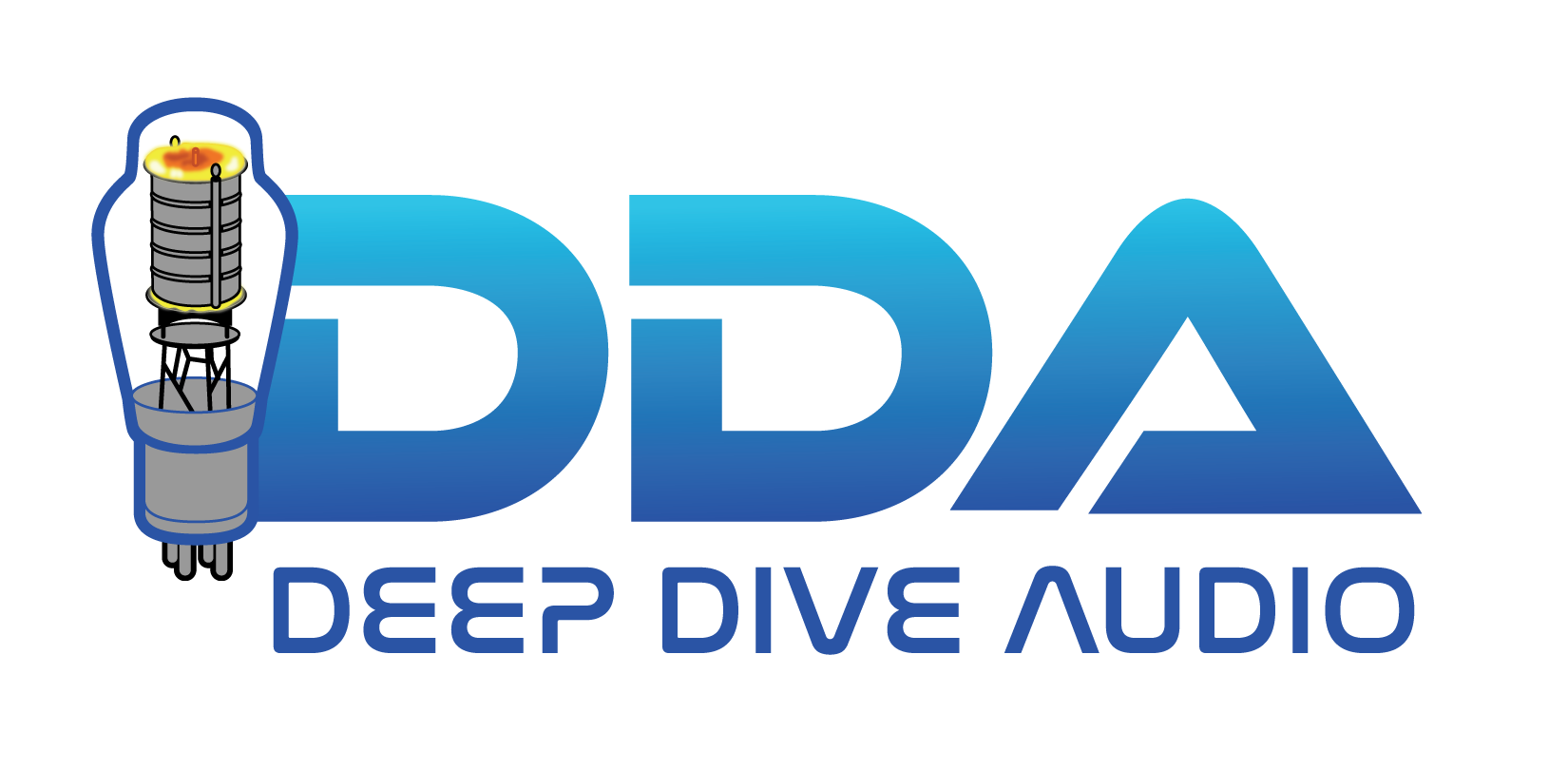
“If you’ve got the bucks to make a pair of these amplifiers your own, I urge you to check them out. Compare them with your reference and see if they are right for you. I believe that the more you listen, the more you’ll want to listen. The JMF Audio HQS 7001s are that good.”
—Jason Victor Serinus, Stereophile
Jean-Marie Fusilier (JMF) founded a company in 1974… designed his first audio product in 1982 and began delivery as JMF Audio in 1985.
JMF Audio’s early adopters included René Zingg’s Soundville Studios in Lucerne, Switzerland, and Glenn Meadows’s Masterfonics Studios in Nashville. Both studios were designed by Tom Hidley. More recently, Morten Lindberg of Grammy-winning label 2L began using JMF Audio’s PCD 302 mains filter and power cords to make his recordings. JMF’s consumer distribution was limited to Asia until Vamos’s Audio Skies introduced JMF Audio electronics to North America at AXPONA 2022.
Music, Fusilier emphasized, is not steady state. “This is why we give our amplifiers a huge reservoir of energy. The mains are used to charge the [power supply], which contains high-capacity, bespoke capacitors. When there are transients in the music, we don’t rely on the mains. Instead, the necessary energy comes from the capacitors, which are located very close to the output; this produces tremendous instantaneous power. After the transient has been delivered, the capacitors are recharged by the mains.”
JMF Audio’s analog printed circuit boards feature proprietary 24K gold plating on both sides. JMF considers gold-plating optimal for natural rendering and better reproduction of nuance, so they apply the same process to connectors. In addition to the output terminals for spades and wires, the amplifiers include proprietary, 6mm-diameter JMF Audio connectors. The company says that by volume, 90% or more of the components and parts in JMF Audio products are manufactured by JMF Audio or made to the company’s specifications.
Gold-plating calls for proprietary solder, which is applied by hand and requires higher temperatures. “To avoid damage, after soldering one pin we must wait for the component to cool down before continuing,” Fusilier said. “It is a lengthy process.”
As I contemplate the monoblocks that have moved me most over the past year or so—the Accuphase A-300, Octave Jubilee Mono SE, Infigo Method 3, Dan D’Agostino Momentum M400 MxV, and the JMF Audio HQS 7001 that is the subject of this review—I realize how unique each of them is. Each has a sound as memorable as Aretha’s “Respect,” Joni Mitchell’s two very different recordings of “Both Sides Now,” Dylan’s definitive “Like a Rolling Stone,” or Lotte Lehmann’s irrepressible ecstasy on Wagner’s “Dich, teure Halle” and “Du bist der Lenz.”
The JMF Audio HQS 7001, however, is especially adept at putting music front and center without injecting commentary. It’s not Aretha through Accuphase or Dylan through D’Agostino, as memorable and satisfying as those artistic marriages are; it’s Joni front and center with only a microphone between you and her soul. The HQS 7001 is a bit like the fine wine whose bouquet you can’t describe other than to say that your meal was divine in part because you sipped it.
If you’ve got the bucks to make a pair of these amplifiers your own, I urge you to check them out. Compare them with your reference and see if they are right for you. I believe that the more you listen, the more you’ll want to listen. The JMF Audio HQS 7001s are that good.

